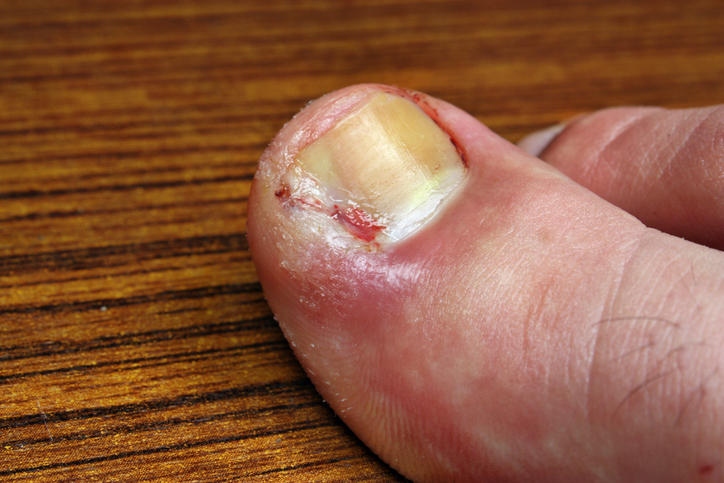Services - Single
Ingrown Toenails
Symptoms, Causes and Treatment
Symptoms
Known to physicians as onychocryptosis, ingrown toe nails are a common, painful condition that occurs when skin on one or both sides of a nail grows over the edges of the nail, or when the nail itself grows into the skin. This condition is usually very painful and can be associated with infection of the toe. Some ingrown toenails are chronic, with repeated episodes of pain and infection. Irritation, redness, an uncomfortable sensation of warmth, as well as swelling can result from an ingrown toenail.
Treatment
The Professionals at FHP Group will trim and remove the infected nail with a minor surgical procedure. He or she will remove the offending portion of the nail or overgrown skin, with the appropriate equipment and will treat any infection with the necessary dressing required; you will be advised if infection is present to consult with your GP.
Our professionals will guide on the prevention of ingrown toenail and any follow up treatments.
Causes
Ingrown toenails develop for many reasons. In some cases the condition is congenital, such as toenails that simply are too large. People whose toes curl, either congenitally or from diseases like arthritis, are prone to ingrown toenails. Often trauma, like stubbing a toe or having a toe stepped on, can cause a piece of the nail to be jammed into the skin. Repeated trauma, such as the pounding to which runners typically subject their feet, also can cause ingrown nails.
The most common cause is cutting your toenails incorrectly, causing them to re-grow into the skin. Tight hosiery or shoes with narrow toe boxes only make matters worse. If the skin is red, painful or swollen on the sides of the nail, an infection may be present. This occurs because the ingrown nail is often in a warm, moist and bacteria-rich environment. When the nail penetrates the skin, it provides a convenient entry for germs that can cause infection. Untreated, the nail can go under the skin, causing a more severe infection. In either case, the infection needs to be cured with sterile instruments and antibiotics.

